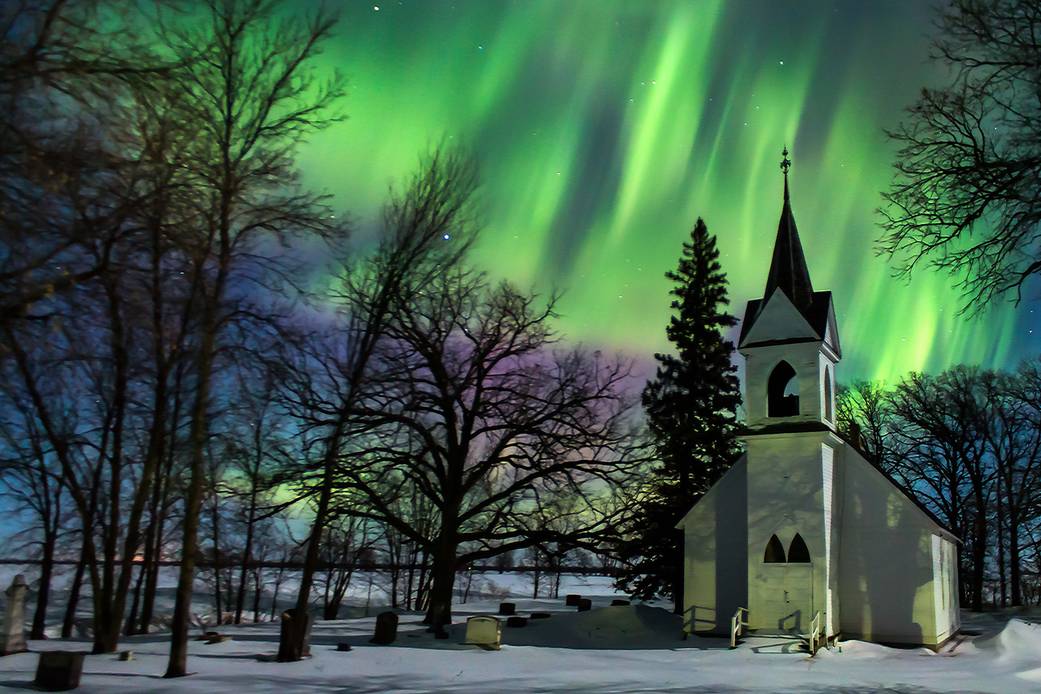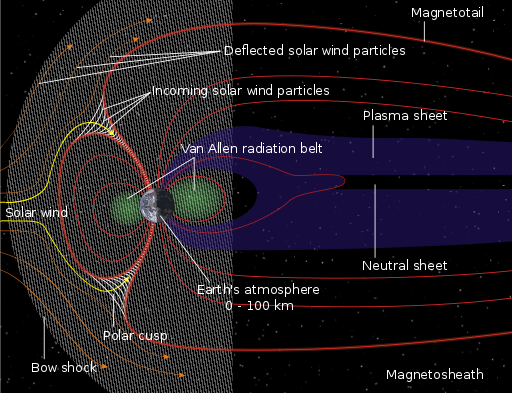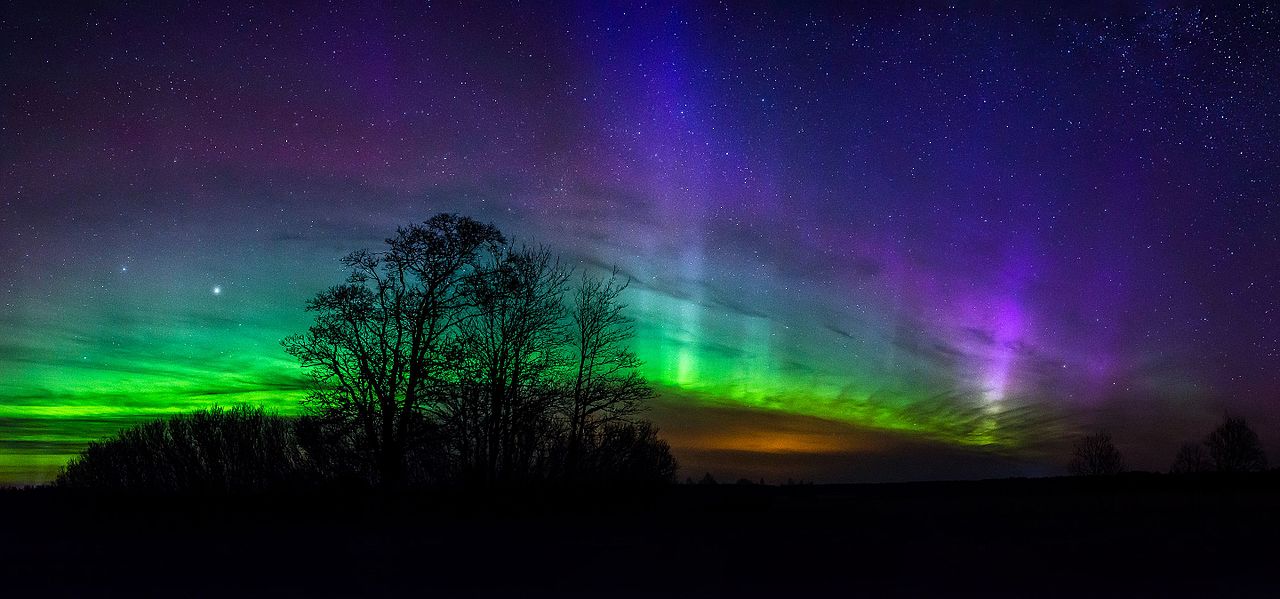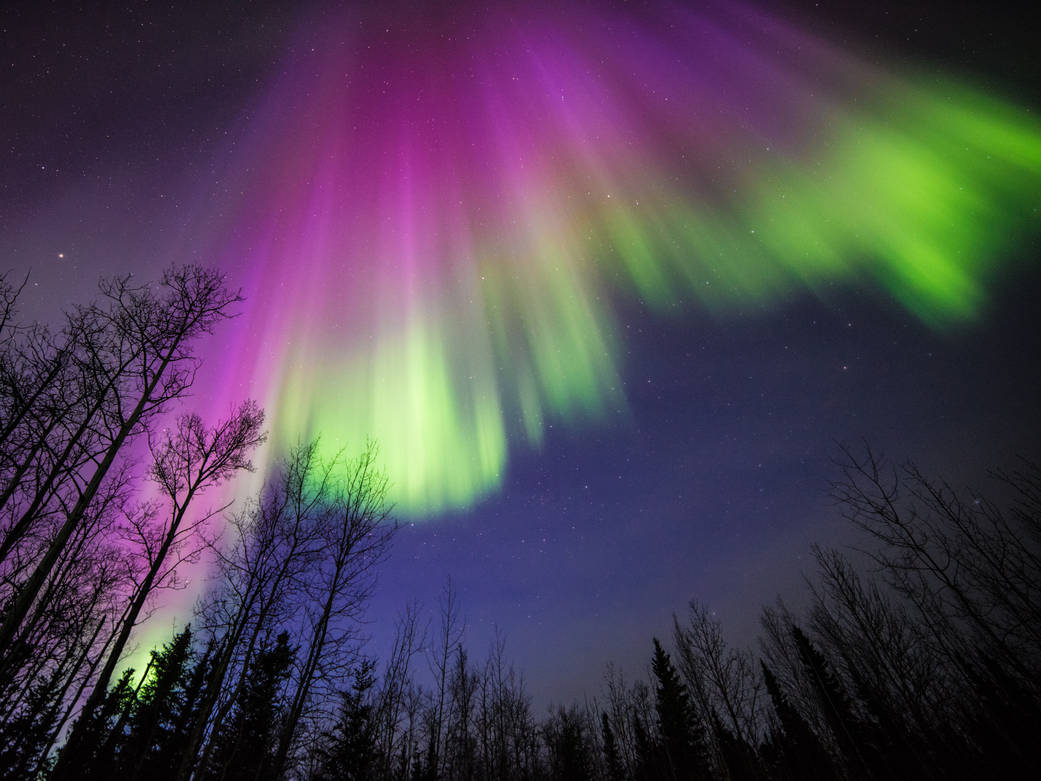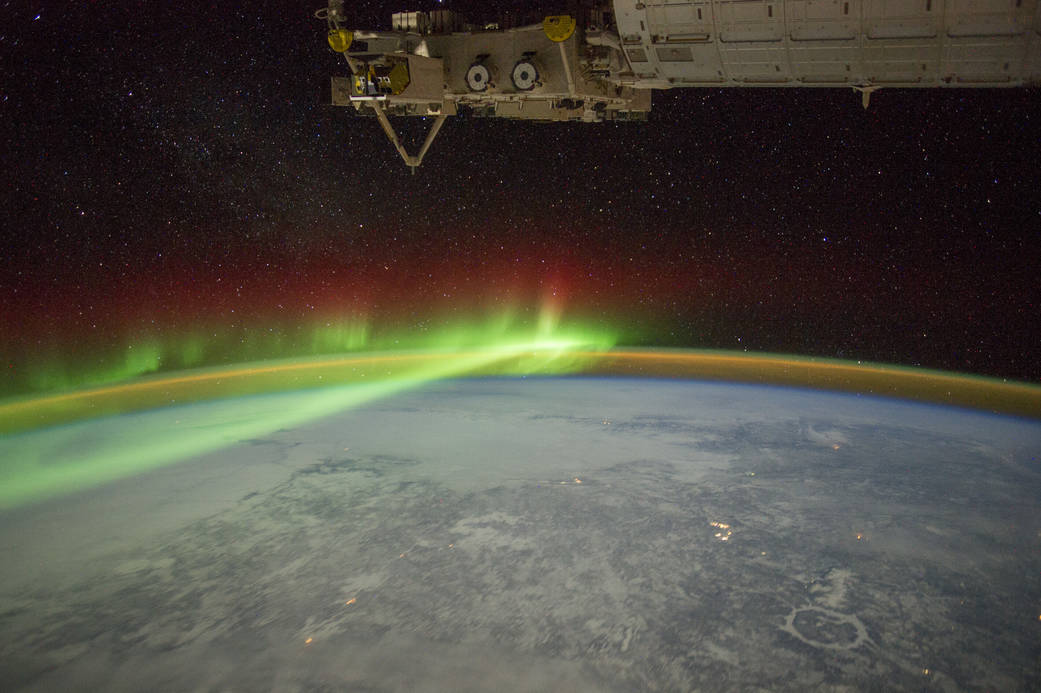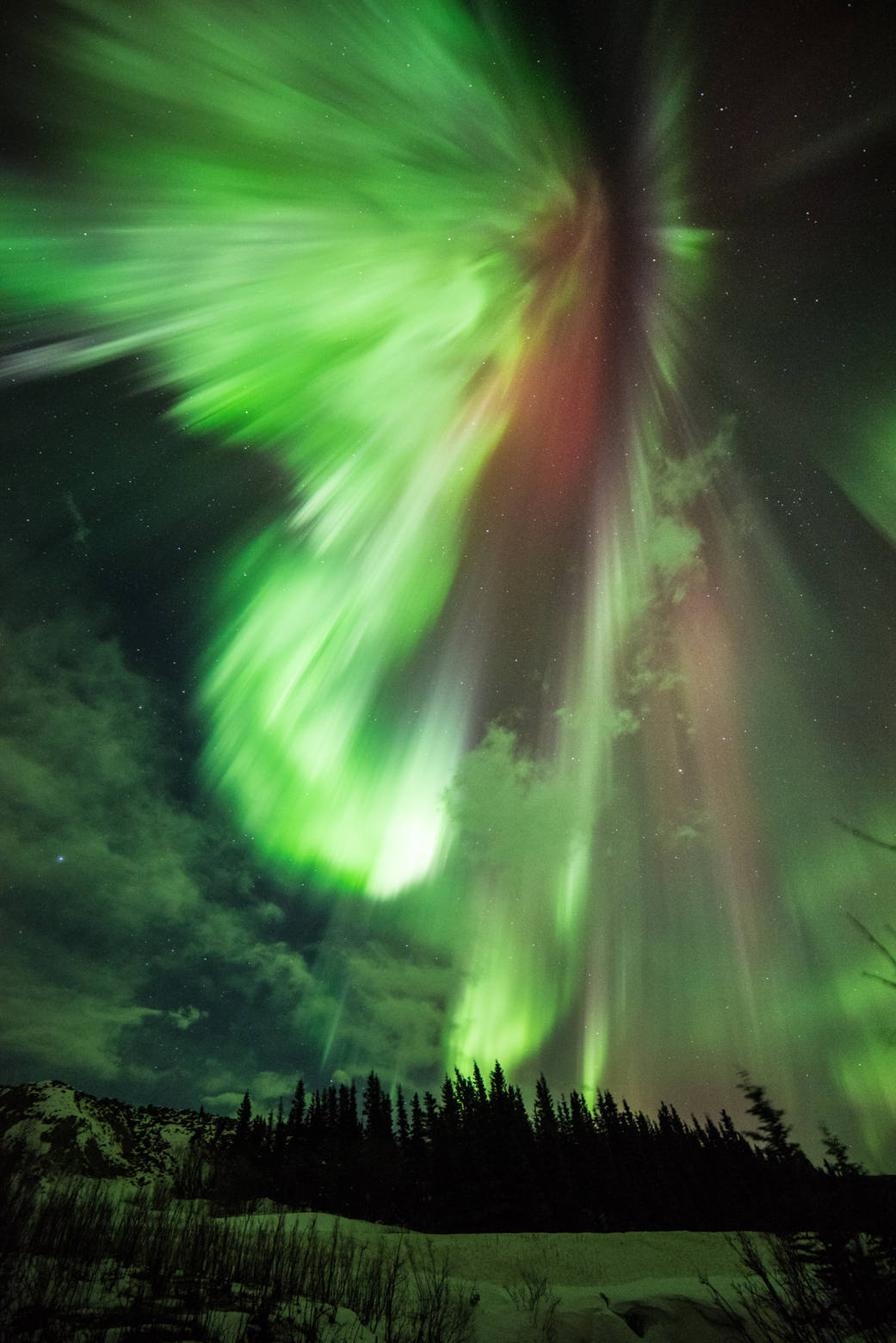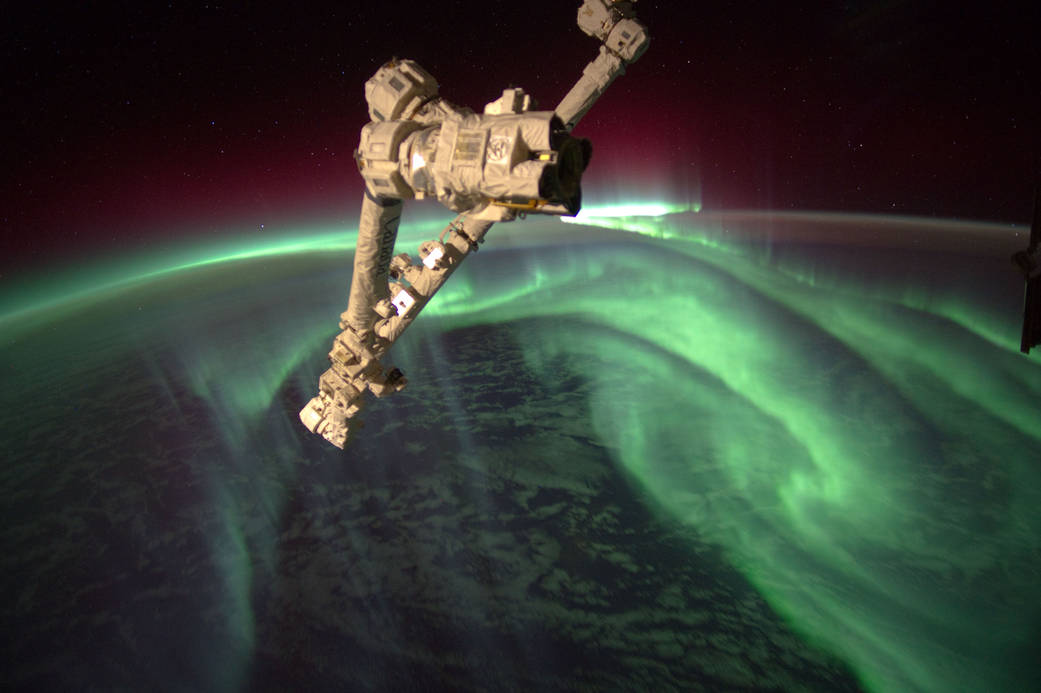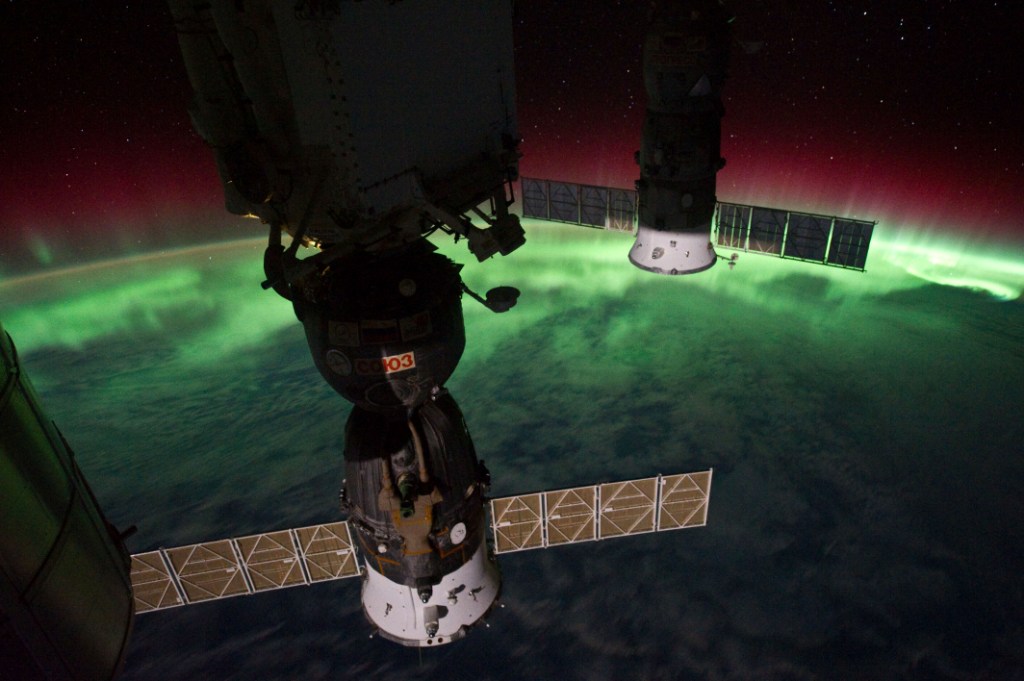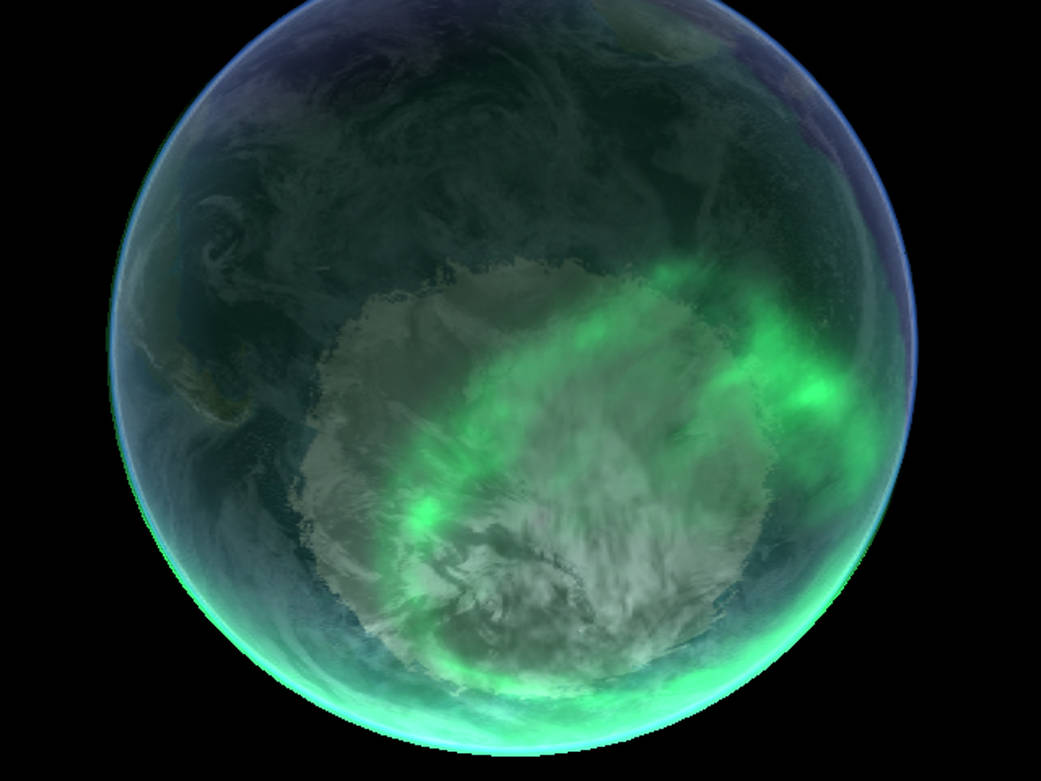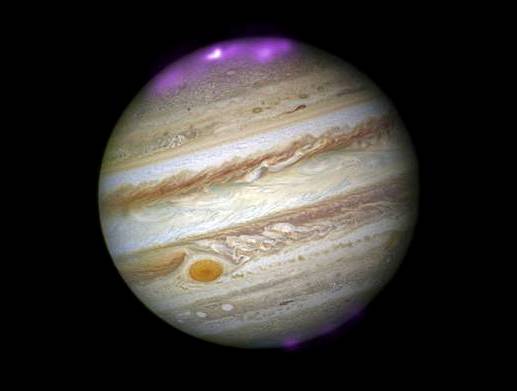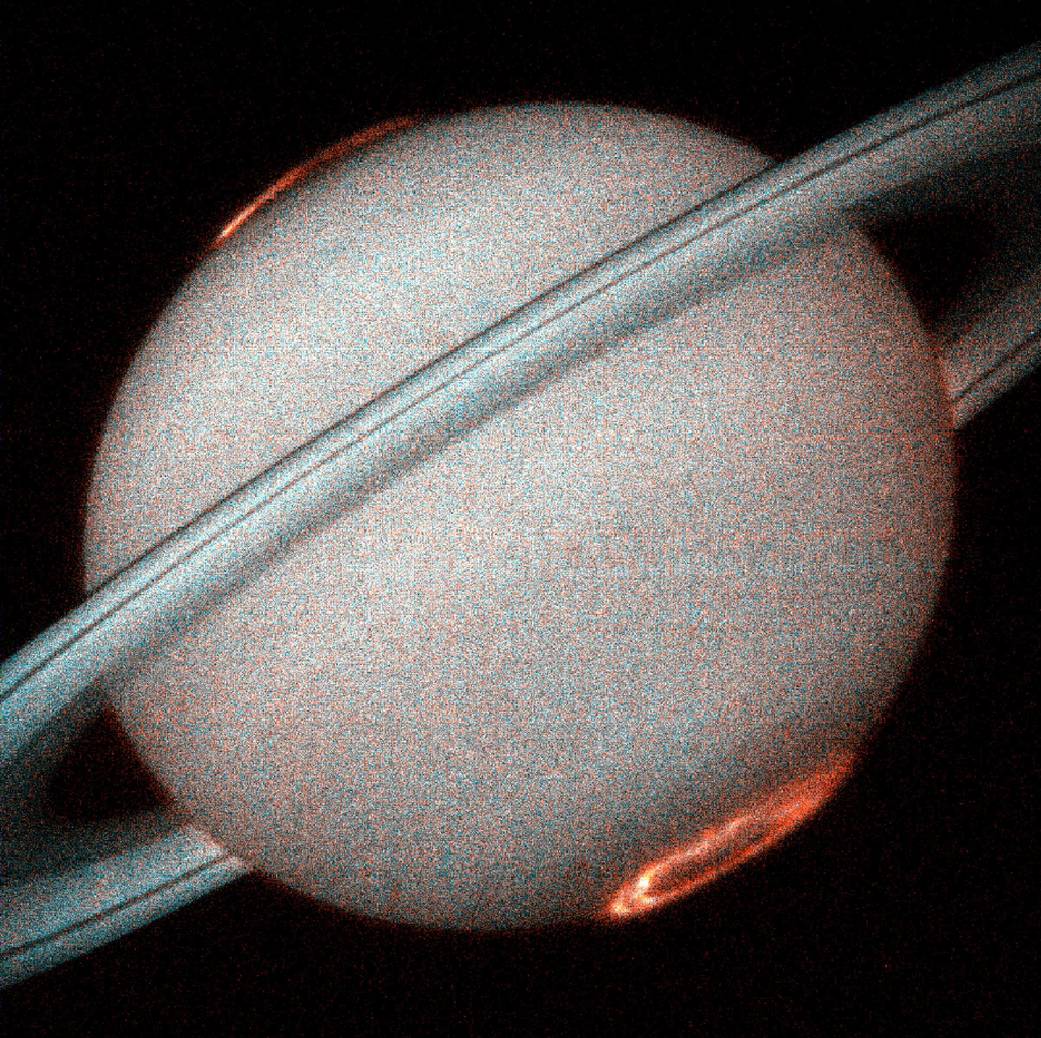Auroras | Fun Facts All About The Magical Polar Lights!
Ghostly Aurora!
Known by various names such as the polar lights, aurora, northern lights (aurora borealis) or southern lights (aurora australis), the aurora are the beautiful and ghostly natural lights seen in the night's sky around the North and South Polar Regions. Aurora are formed by charged particles from the solar wind interacting with Earth’s magnetosphere and air molecules in the upper atmosphere to generate spectacular lights of varying colour and complexity.
What Are The Polar Lights / Aurora?
The polar lights are the famous, and spectacular, natural light display in the Earth's night sky which are most commonly seen in regions near the magnetic poles (around the Arctic and Antarctic).
The lights occur high above the ground, predominately between 90 and 150 km, but can extend higher to 1000 km on occasions. Green auroras are the most common with faint red, blue and purple emissions showing up along the aurora ‘curtains’ during bright displays.
How Are The Auroras Formed?
The solar winds (the flow of electrons and ions which continuously stream away from the Sun in all directions), interact with the Earth's magnetosphere with some solar wind particles being directed down towards the upper atmosphere (despite the majority of the particles being deflected around Earth). These charged particles then excite various atoms and molecules in the upper atmosphere.
The spectacular auroras we observe result from the emission of small particles called ‘photons’ (which we see as light), by molecules like oxygen and nitrogen in the Earth's upper atmosphere which have been excited by small high energy particles coming from the solar wind!
Therefore when the Sun is more active (during its eleven-year sunspot cycle) or if a coronal mass ejection of particles occurs (towards the direction of Earth) then the auroras will be more frequent, brighter, may change colour and will expand to lower latitudes as it’s all related to the intensity of the solar wind charged particle flow into Earth’s atmosphere!
Where And When Do They Occur?!
Most auroras are observed in a relatively thin circular region between 300 km & 700 km (3° to 6°) wide in high polar latitudes around the geomagnetic poles (in the northern and southern hemisphere). The band is wider on the night side away from the Sun.
The aurora is technically visible all day long, but due to their faint appearance are most clearly seen on a moonless winter night.
You can check the current extent of the aurora and the aurora forecast by visiting the NOAA site which monitors the space weather and aurora activity continuously! The Aurora Services site is particularly good for observers in Europe who are after information and aurora forecasts!
Where And When Is The Best Place To See An Aurora?
The aurora in the northern hemisphere is easier to see because most of the southern hemisphere is covered by the ocean!
In the northern hemisphere, some of the best places to visit to view the aurora are Alaska, Northern Canada, Finland, Estonia, but my favourite is the dark clear skies of Abisko in Sweden!
Five Fun Facts About The Polar Lights!
- The polar lights which occur around the North Pole are called the aurora borealis (Northern Lights), while in the polar lights which occur around the South Pole are called the aurora australis (Southern Lights)!
- The auroras are visible (and really spectacular) when viewed from space! Astronauts on board the International Space Station (ISS) regularly fly over them and view the aurora from above! How crazy is that?!
- Similar polar lights have been observed on other planets and moons such as Saturn, Jupiter and Ganymede!
- In 2015 the first ever Aurora beyond our solar system was discovered over a brown dwarf star and is believed to be a million times brighter than the Northern Lights (aurora borealis)!
- The most spectacularly bright auroras in recorded history are believed to have occurred around the 2nd of September 1859. These were likely the result of a series of large outbursts by the Sun. The aurora’s light was so bright that people could read a newspaper outside in the middle of the night as far south as Boston! How cool would that be to witness & experience that!
